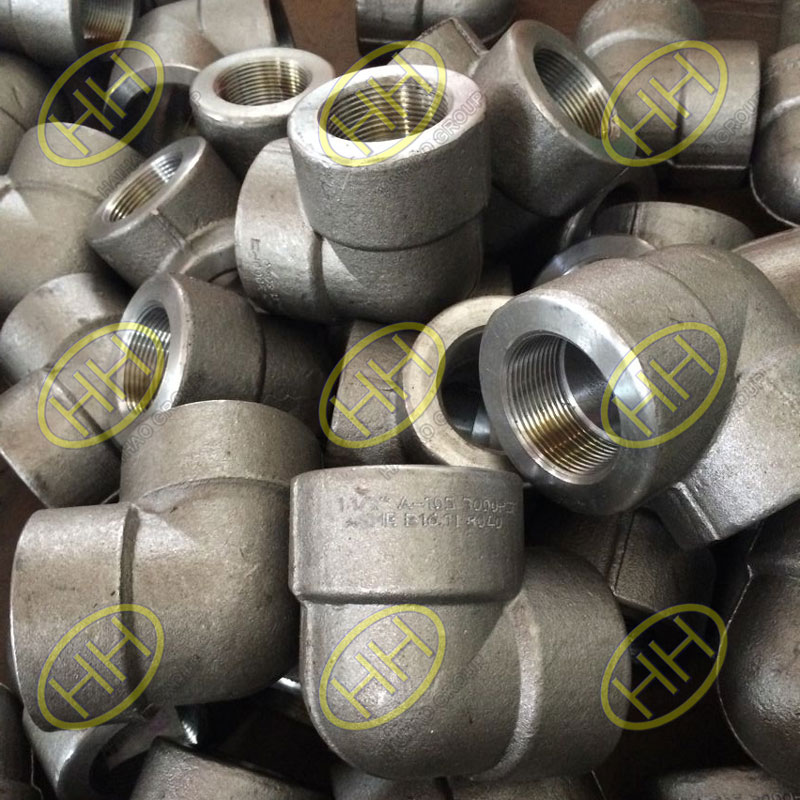Differences between socket weld fittings and threaded fittings
Socket weld fittings and threaded fittings are two common types of pipe fittings used in piping systems. Both types serve to connect pipes and ensure a reliable flow of fluids or gases, but they differ in design, application, and installation methods. Below is an overview of the key differences between socket weld fittings and threaded fittings.

Socket weld pipe fittings
1.Design and Connection Method
Socket Weld Fittings:
Design: Socket weld fittings have a recessed end where the pipe is inserted before being welded. This design creates a strong and leak-proof connection.
Connection: These fittings require fillet welding to join the pipe and fitting, ensuring a permanent and sturdy joint.
Threaded Fittings:
Design: Threaded fittings have internal or external threads that allow the pipes to be screwed together. Common thread types include NPT (National Pipe Thread) and BSP (British Standard Pipe).
Connection: Pipes are connected by screwing them into the fitting, eliminating the need for welding.
2.Applications
Socket Weld Fittings:
Pressure and Temperature: Suitable for high-pressure and high-temperature applications.
Usage: Commonly used in chemical, oil and gas, and power industries where safety and reliability are critical.
Threaded Fittings:
Pressure and Temperature: Best suited for low to medium pressure systems and applications with moderate temperatures.
Usage: Often used in residential plumbing, small industrial systems, and where disassembly or maintenance is required.

ANSI ASME B16.11 ASTM A105 threaded 90 degree elbows
3.Installation Process
Socket Weld Fittings:
Welding Required: Installation requires welding, which provides a secure and durable joint but demands skilled labor and specialized equipment.
Permanent Connection: Once welded, the connection is permanent and cannot be easily disassembled.
Threaded Fittings:
Screwing Required: No welding is needed; installation involves threading the pipes and fittings together, which is simple and quick.
Removable Connection: Threaded fittings can be easily disassembled for maintenance or system modifications.
4.Leakage Risks
Socket Weld Fittings:
Low Risk of Leakage: The welded connection minimizes the risk of leaks, making these fittings ideal for critical systems.
Threaded Fittings:
Higher Risk of Leakage: Threaded connections are more prone to leakage, especially in systems with high pressure or vibrations. Thread sealants or tapes are often used to mitigate this risk.
5.Cost and Maintenance
Socket Weld Fittings:
Higher Installation Cost: Requires welding, which increases installation costs due to labor and equipment needs.
Low Maintenance: Offers a robust connection that requires minimal maintenance.
Threaded Fittings:
Lower Installation Cost: Easy to install, reducing labor and equipment expenses.
Higher Maintenance: May require periodic tightening or sealant reapplication to prevent leaks.
The choice between socket weld fittings and threaded fittings depends on the specific requirements of the piping system. Socket weld fittings are ideal for high-pressure, high-temperature applications requiring long-term durability and minimal leakage risk. On the other hand, threaded fittings are suitable for systems that require ease of installation, disassembly, and lower costs. Understanding these differences ensures the selection of the right fitting type for any project.

